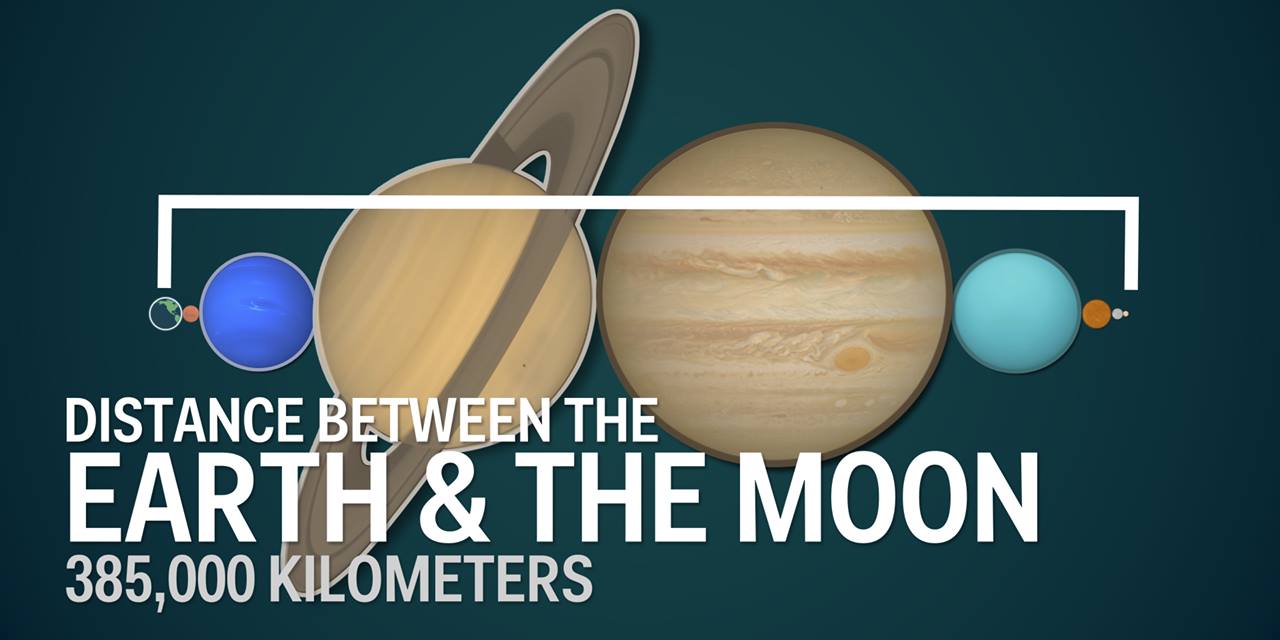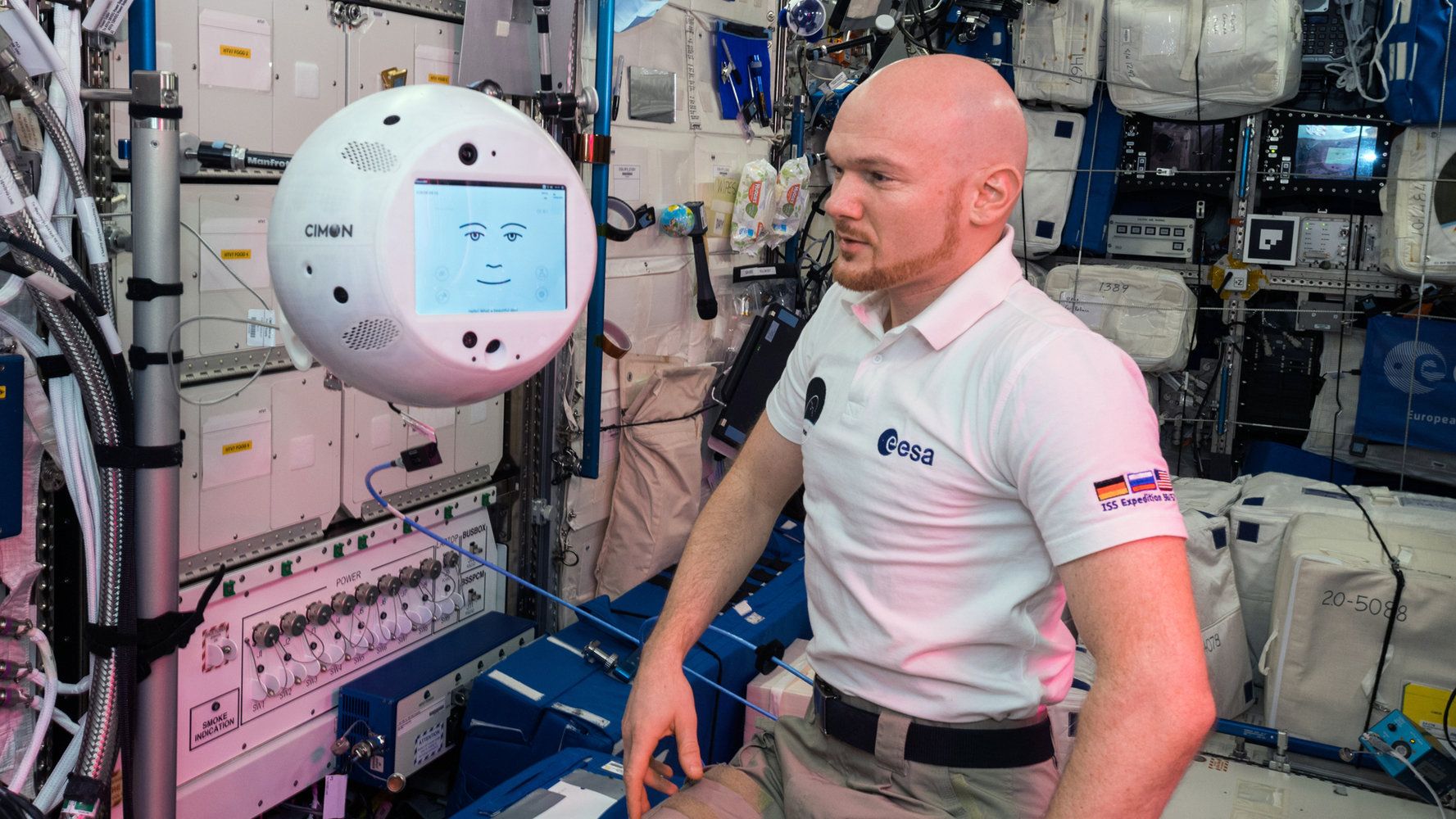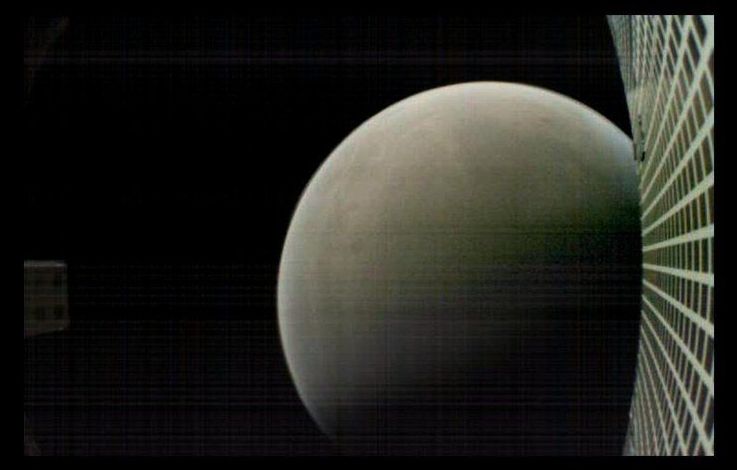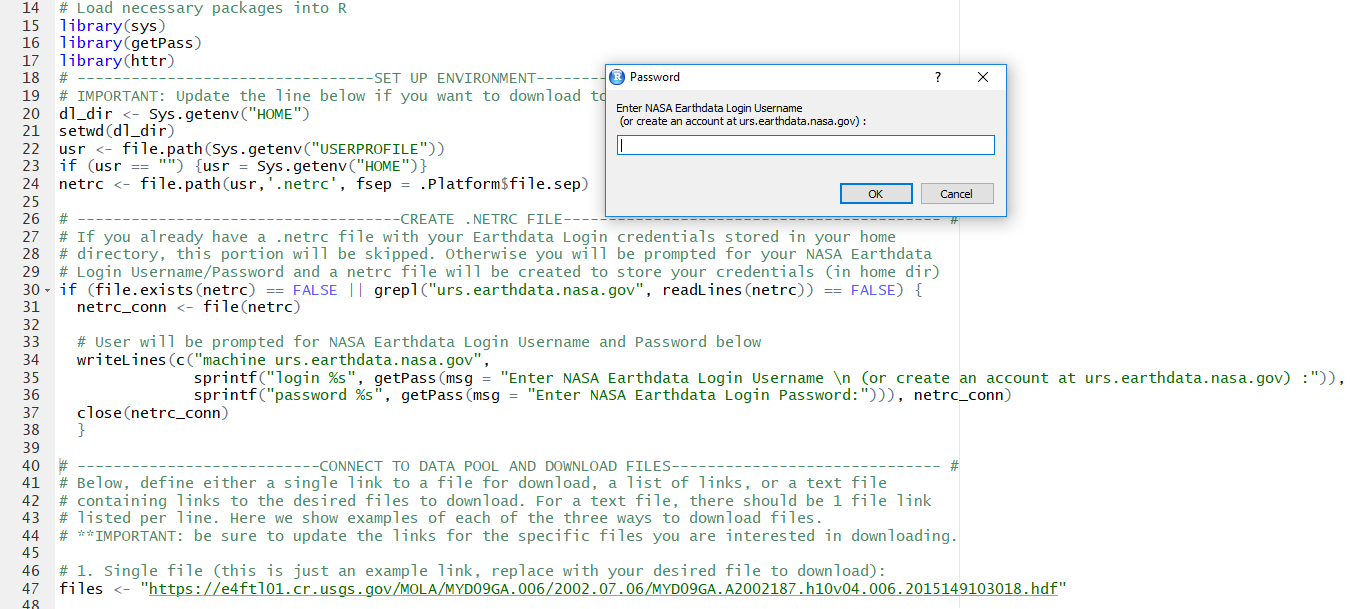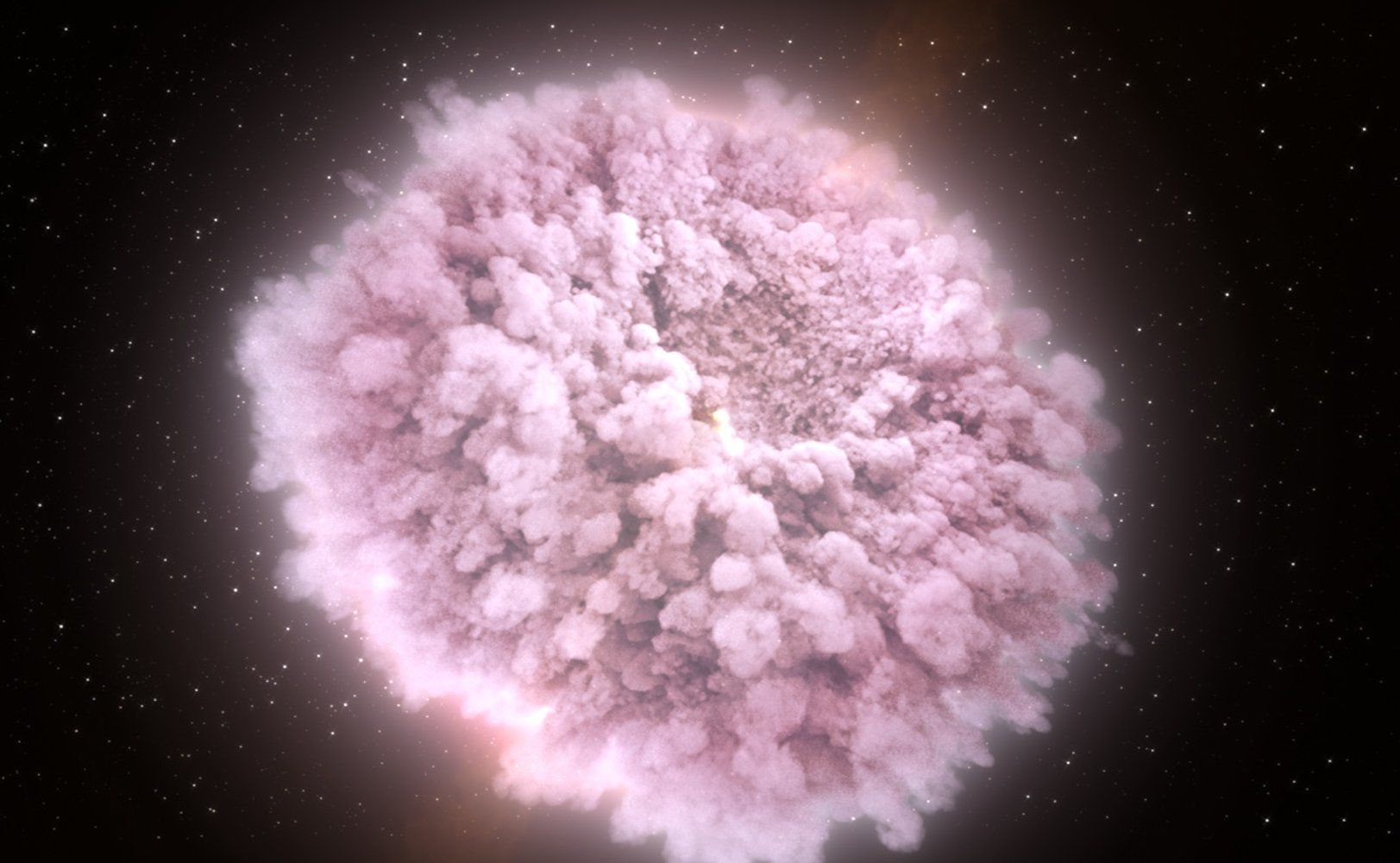Right now, in the desert just east of Reno, Nevada, Tesla is drilling into recently laid asphalt to install more electric vehicle chargers in the parking lot of the Gigafactory. The company has hired so many new workers in recent years that it needs more space to let them charge their Nissan Leafs, Chevy Bolts, Toyota Priuses, and, of course, Teslas. But before long, those chargers will be ripped right back out, along with the asphalt, and moved to a new spot to make room for more factory space.


